The Museo Universidad de Navarra aims to be a center of the University of Navarra open to the whole of society in which people establish a relationship with contemporary art in its various expressions that contributes to the development of a deeply human, imaginative and free understanding of the world.
Welcome to the Museo Universidad de Navarra,
Since we embarked on the project to build a Museum in the heart of the University of Navarra campus, we have been committed to disseminating art through our exhibitions, performances, public and educational programmes, cinema, multidisciplinary research and teaching.
We want the Museum to be a bridge between the cultural and creative life of the region of Navarra, Spain and the rest of the world with university life, focused on research and teaching. We promote creative and research projects and provide a daily presence of contemporary art in Pamplona from the heart of the Campus.
All of our programming initiatives, from exhibitions and shows to school programs or those dedicated to all audiences, seek to generate knowledge and help people develop a deeper and more critical understanding of the world through art.
I encourage you to enjoy the Museum, and to help us spread art and promote culture among young people.
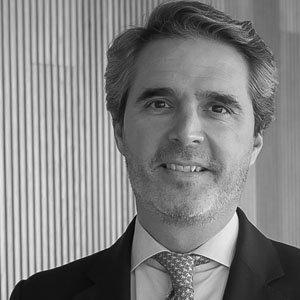 |
Jaime García del BarrioDirector of the Museo Universidad de Navarra |
The MUN
Opened in 2015, the Museo Universidad de Navarra is a meeting place for art and artistic creation.
The building, designed by Rafael Moneo, is located on the university campus itself and has 12,000 square metres of floor space on three floors.
Inside, the exhibition rooms and the theatre are at the heart of the development of a project of creation, research, teaching and dissemination with a clear vocation for service. The project is articulated around the collection and the dialogue between the different artistic disciplines.
The Museum, built in the heart of the campus, was born with the dual function of housing the collection and integrating itself into the community of the University of Navarra with the same objectives and values, its emphasis on research and the humanistic and integral formation of the person.
The legacy of José Ortiz Echagüe, the University's Photography Collection and the donation of María Josefa Huarte Beaumont form the initial core of a collection that has been developing since the 1990s. From its beginnings, the strategy designed for its development incorporated the creation and research projects that make it a living, current collection, at the service of improving people's lives and education.
The Artistic Residency and Performing Arts and Music programs Tender Puentes and the Performing Arts and Music programs promote creation and research with a special emphasis on constant dialogue with the pieces in the collection. The artistic and academic communities benefit from the possibility of working together on research and creation projects.
Since its inauguration in 2015, the building has housed exhibition halls and a theater in which all artistic disciplines coexist and dialogue, making the Museum a meeting place for contemporary art.
-
1981
Artist and engineer José Ortiz Echagüe decides to donate his photographic work and materials to the University of Navarra.
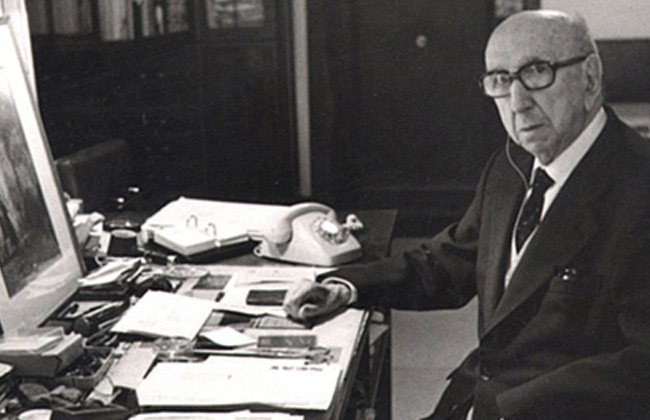
-
1990
To house the Ortiz Echague legacy, a space was created in the basement of the Central Building of the University of Navarra.
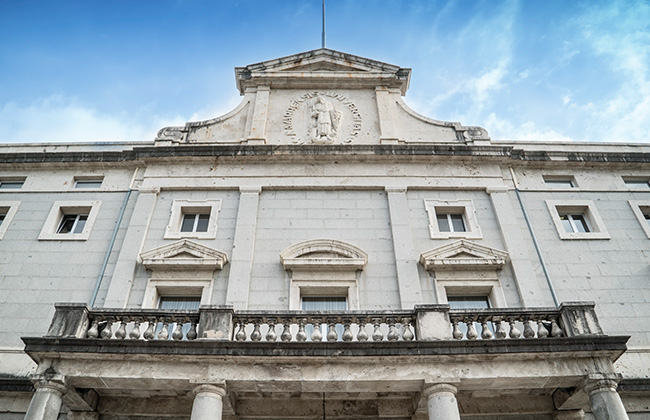
-
1993
When Mr. Alejandro Llano was the rector, the rector's team decided to hire two artists, Rafael Levenfeld and Valentín Vallhonrat, and entrusted them with a project that would put the collection at the service of the University's educational and research purposes.
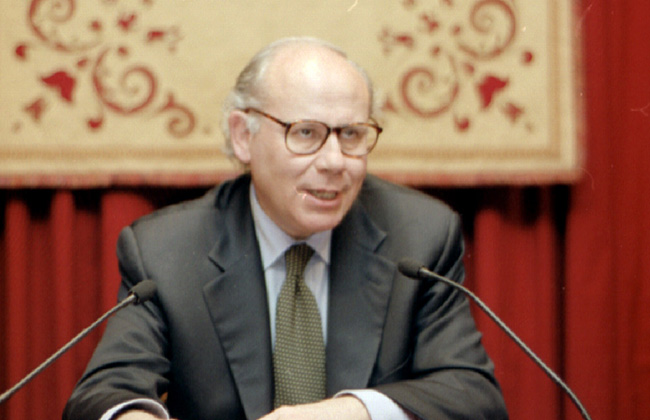
-
1998
It was decided to create a collection of photography from its origins to the present day. The strategy consolidates lines of work around photography made in Spain. All photographic procedures and themes are present in the collection. Following the decision, various photographic collections are incorporated.
-
2002
The space of the Ortiz Echague legacy is enlarged and reformed and becomes known as the Photographic Fund of the University Foundation of Navarra (F.F.F.), where it remains until the completion of the works at Museo Universidad de Navarra, when it is moved to the same.
-
2003
A collaboration agreement is signed with the Museo Nacional de Arte de Cataluña, by which the collection of the University of Navarra is exhibited in the permanent collection of this museum in Barcelona.
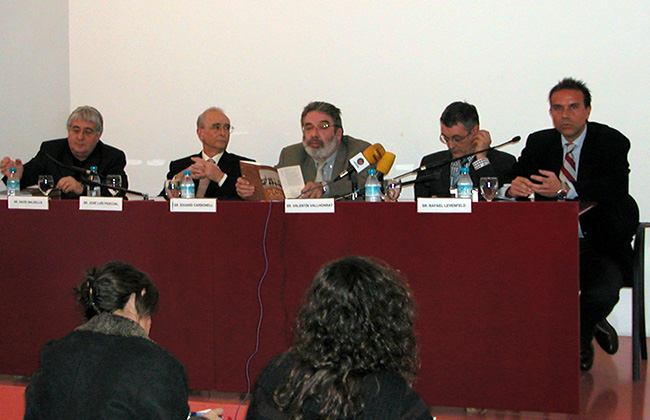
-
2004
Beginning of the creation and artistic residency projects Tender Puentes with the projects of Joan Fontcuberta, Roland Fischer and Bleda y Rosa.
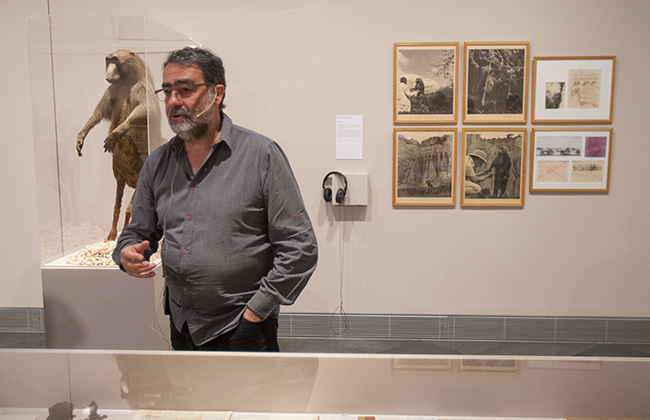
-
2008
When Mr. Ángel Gómez Montoro was the Rector, the University of Navarra accepted the donation of the collection of María Josefa Huarte. 47 pieces by 19 artists of modern and abstract art arrive at the University with the request to be placed at the service of society as a whole so that art can improve the lives of students and every individual. María Josefa Huarte asks the University to build a Museum with the help of the architect Rafael Moneo.
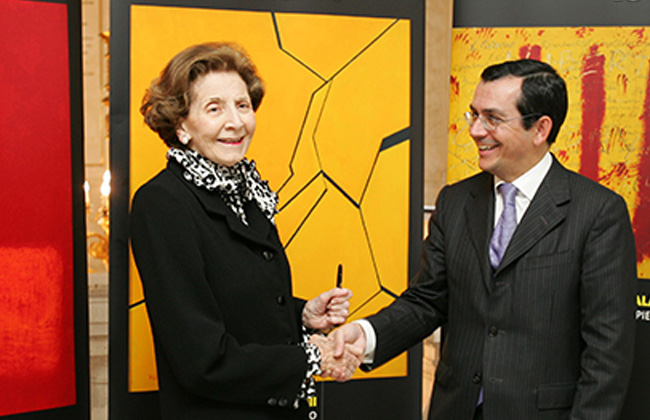
-
2009
Mr. Ángel Gómez Montoro and the rector's team decided to incorporate the artistic and creative development proposal as a complement to the human education offered at the University of Navarra and to build a museum under the guidance of Pritzker Prize winner Rafael Moneo.
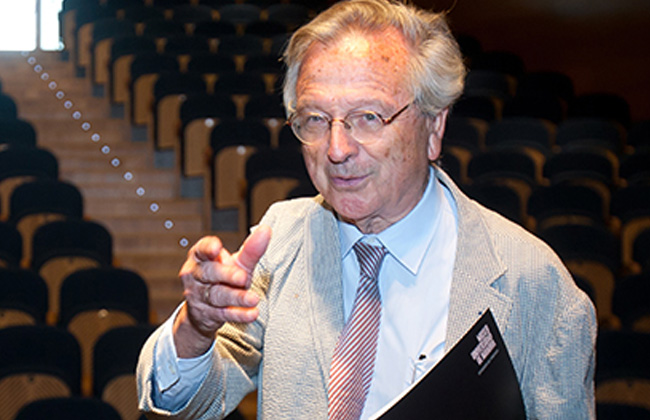
-
2009-2015
Jaime García del Barrio travels around the world exploring university museum models to inspire the lines of work of the future MUN.
-
2014
A first group of Trustees of the Museum, under the presidency of Ángel Gómez Montoro, strongly supports the project, both financially and in its development. The CoMUNity of support for the Museum is initiated.
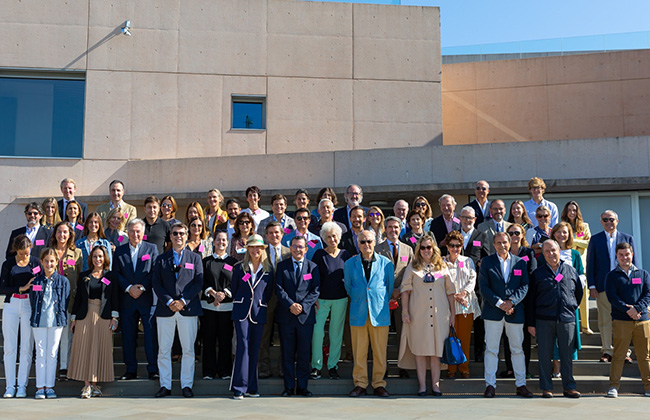
-
2014
The Museum's management is collegial: five artists and art and thought professionals are part of the artistic direction to lead the project: José Manuel Garrido, Rafael Llano, Rafael Levenfeld, Fernando Pagola and Valentín Vallhonrat. First artistic strategy plan.
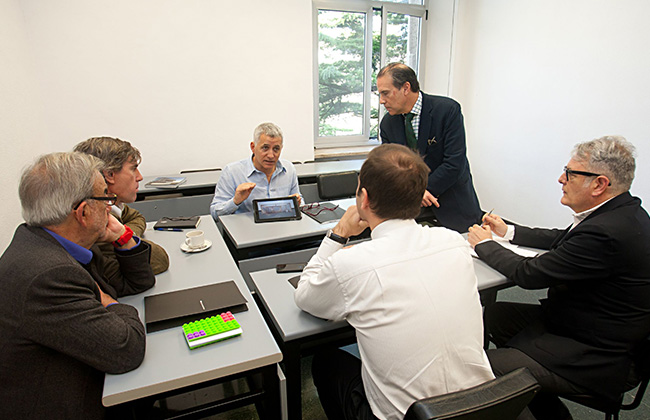
-
2014
Donation by photographer Rafael Sanz Lobato of all his artistic work and professional archives to Museo Universidad de Navarra.
-
2015
Inauguration of the Museum with the presence of Their Majesties the King and Queen of Spain and great media impact.
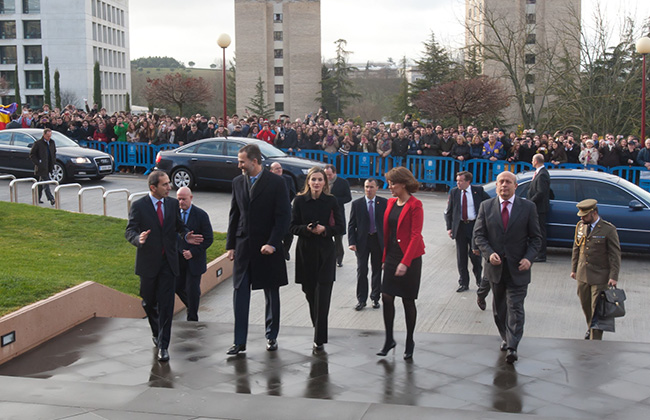
-
2015
Creation of a team that offers school and family activities for learning through art. The Museum's Educational Area is born.
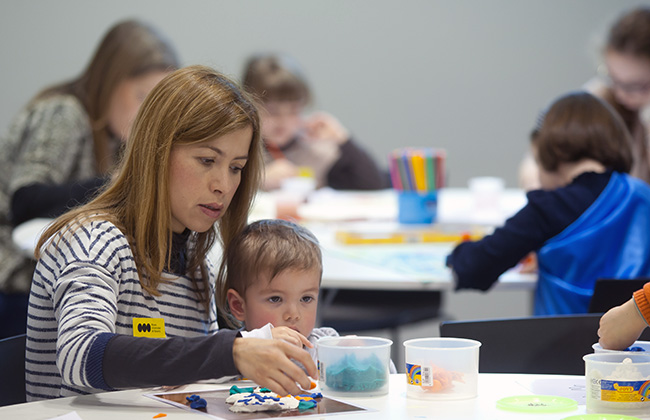
-
2015-2016
The Museum's programming begins with events, performances and exhibitions of visual arts, performing arts and music, as well as public programs.
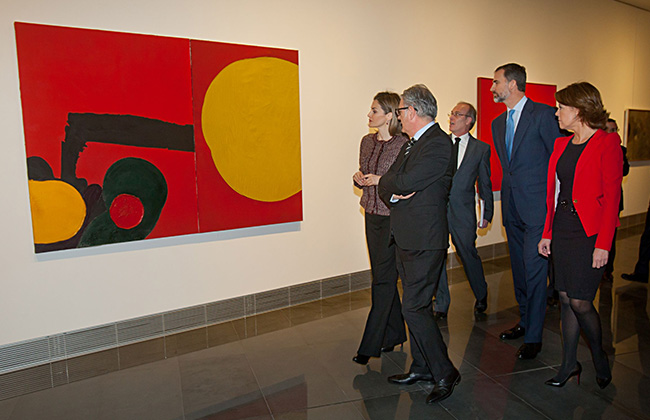
-
2016
The Performing Arts and Music area begins its work on creation, inspired by the collection, with the start of the Museum's artistic residencies under the direction of José Manuel Garrido.
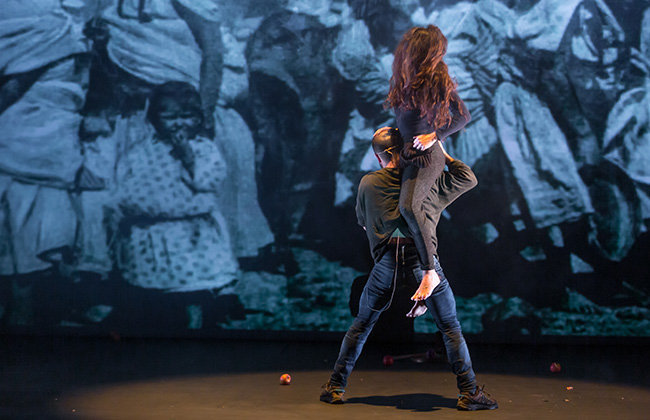
-
2017
The Cultural Services area of the University is integrated into the Museum to offer students cultural activities related to all artistic disciplines. Campus Creativo is born.
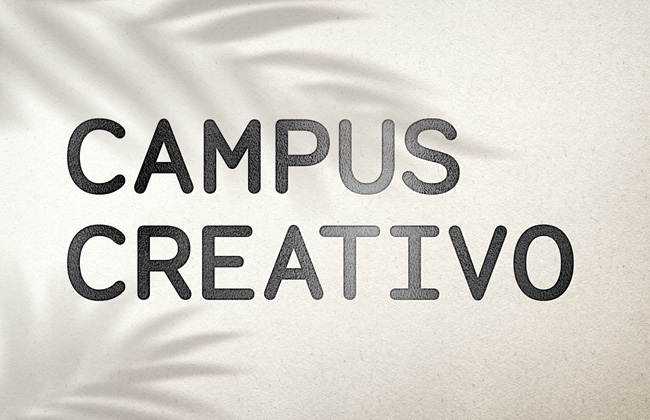
-
2018
The Museum received a donation from Patricia Phelps de Cisneros, which enriches its collection and was the subject of the work of the IV Promotion of professionals of the Master's Degree in Curatorial Studies in the 21-22 academic year.
-
2018-2019
The Master's Degree in Curatorial Studies, an academic proposal of the Museum, is born. Its objective is to train curators from a European perspective with the support of professionals from the sector.
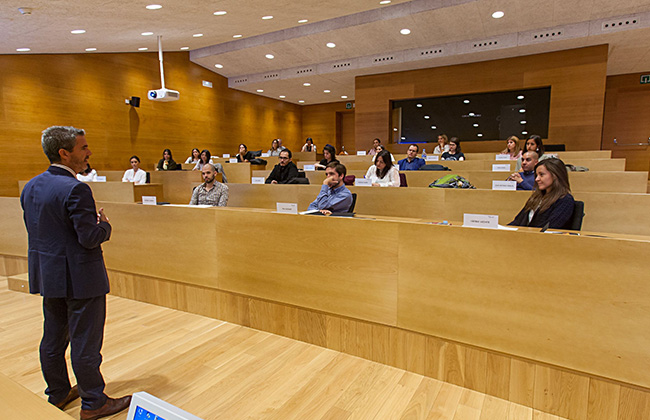
-
2020
The Museum aligns with the University's Strategy 2025 and its sustainability strategy and commitment to the SDGs.

-
2021
The Museum's Management Committee is renewed with the departure of Garrido, Llano and Pagola, who remain close to the project. A new management with an ambitious, continuist and innovative vocation.
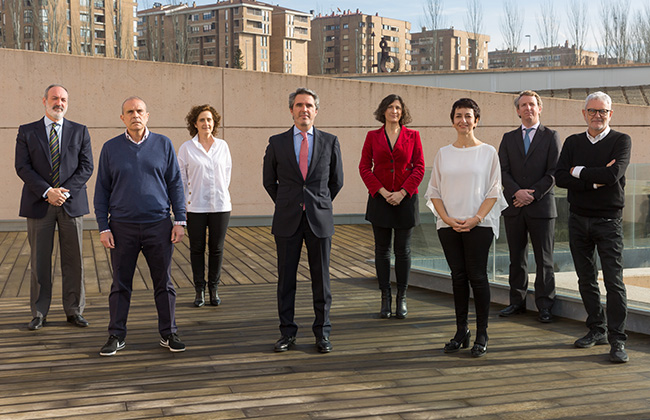
-
2022
New artistic strategy plan for the 2022-2028 seven-year period.
